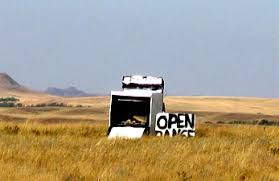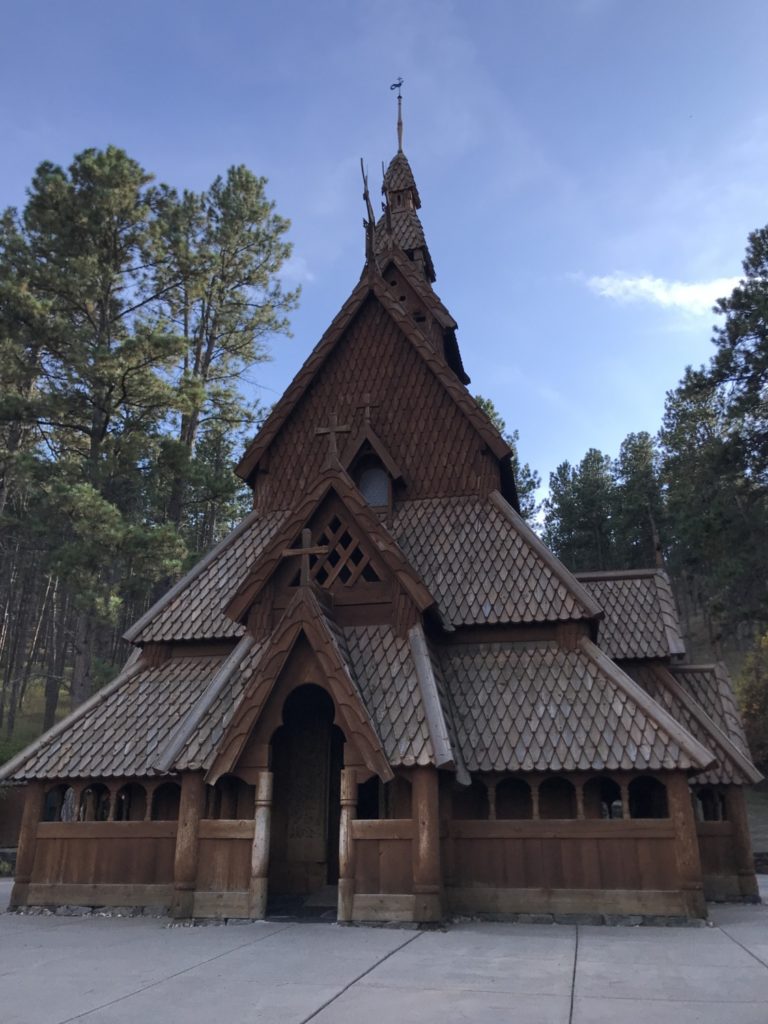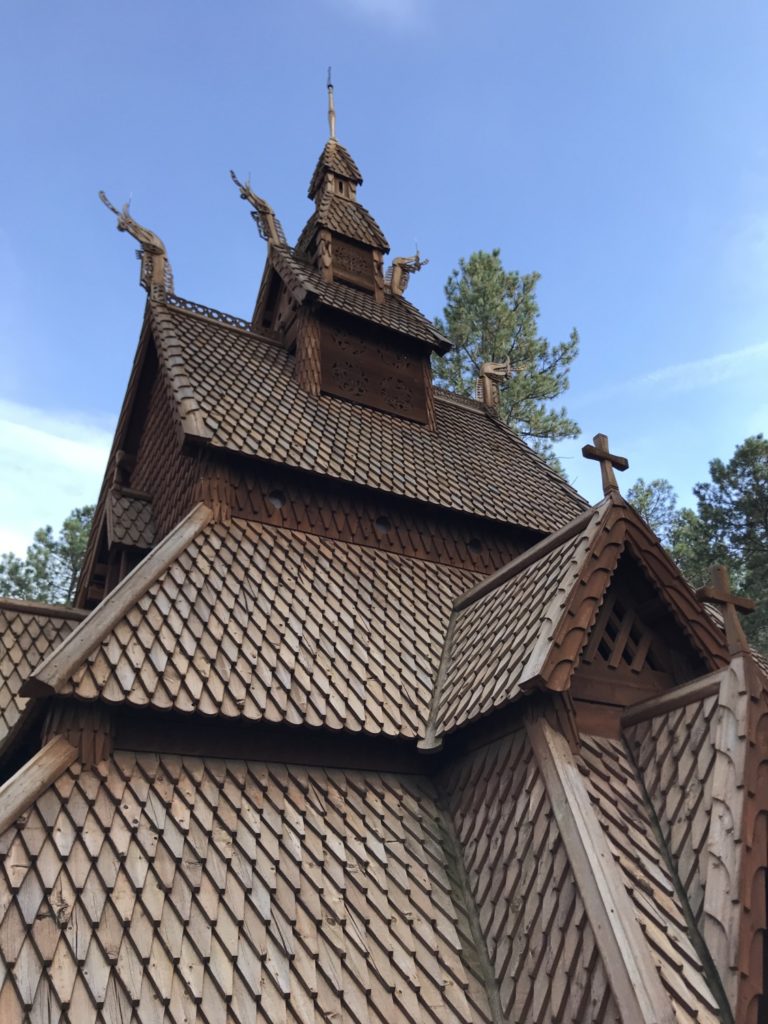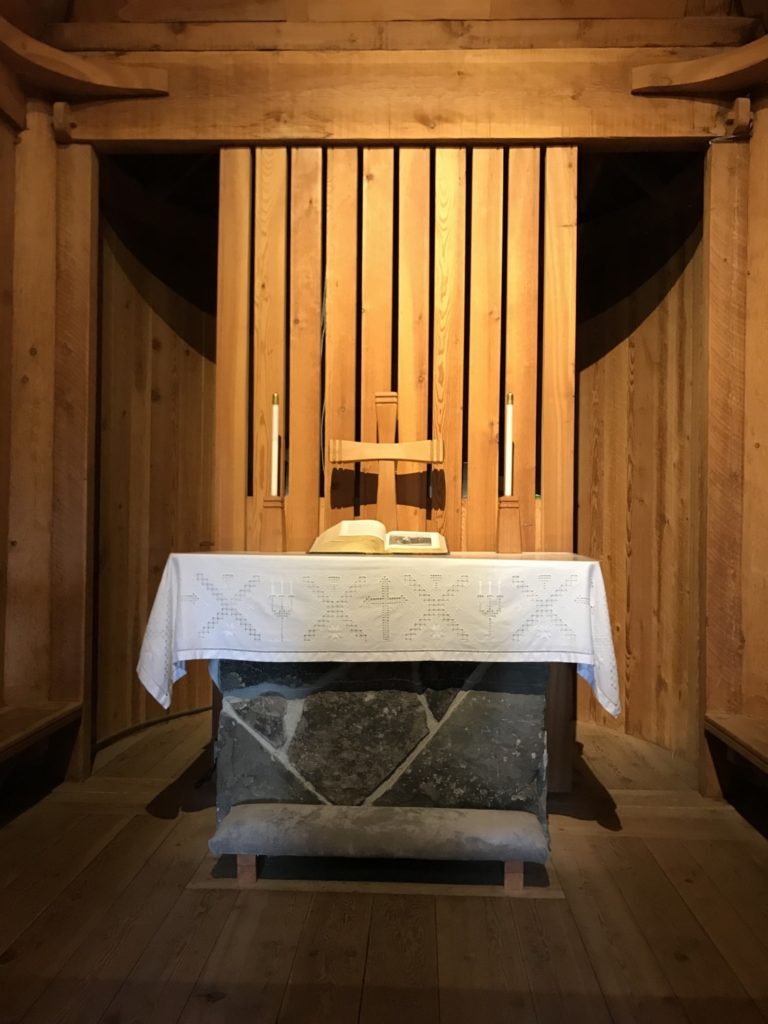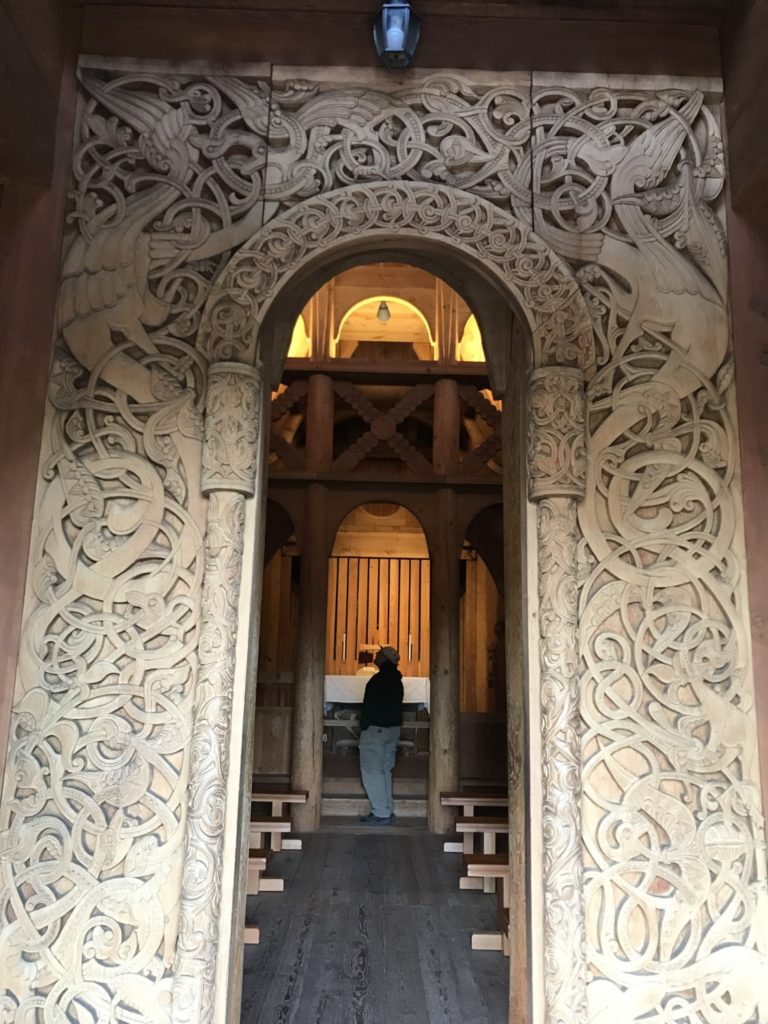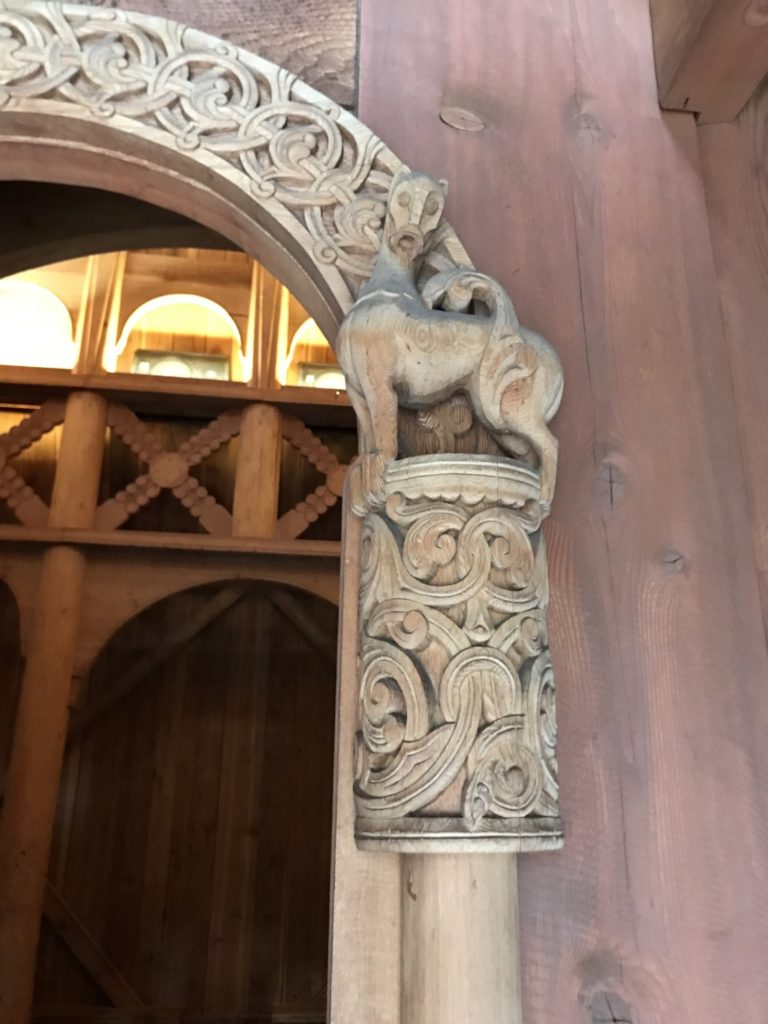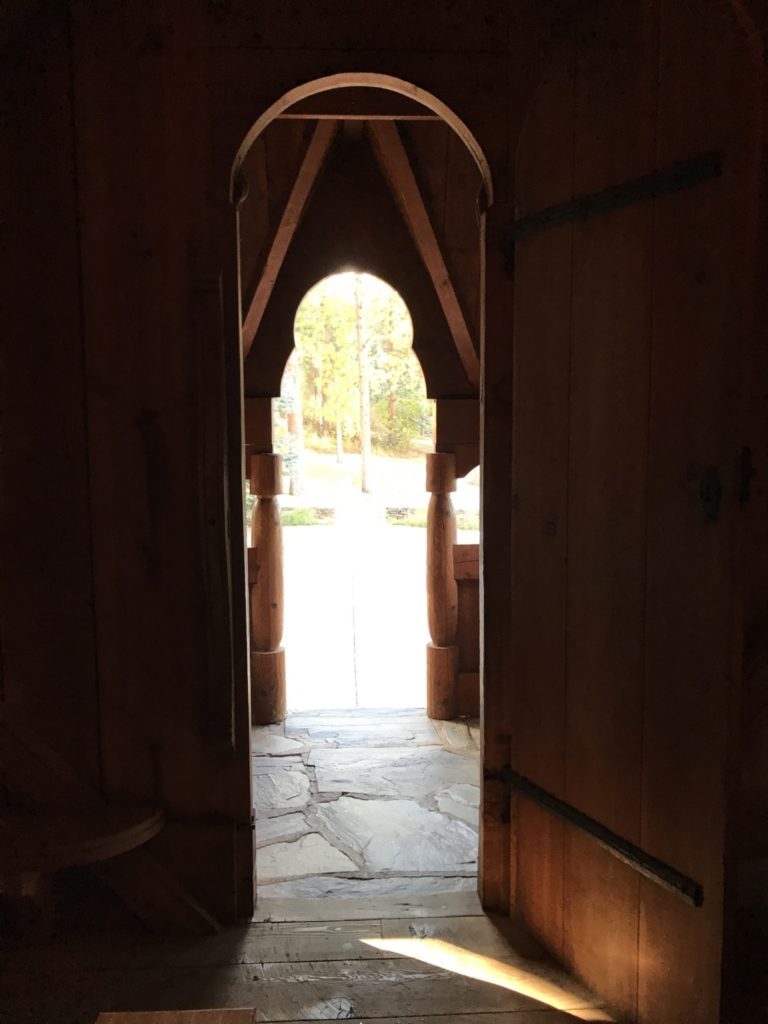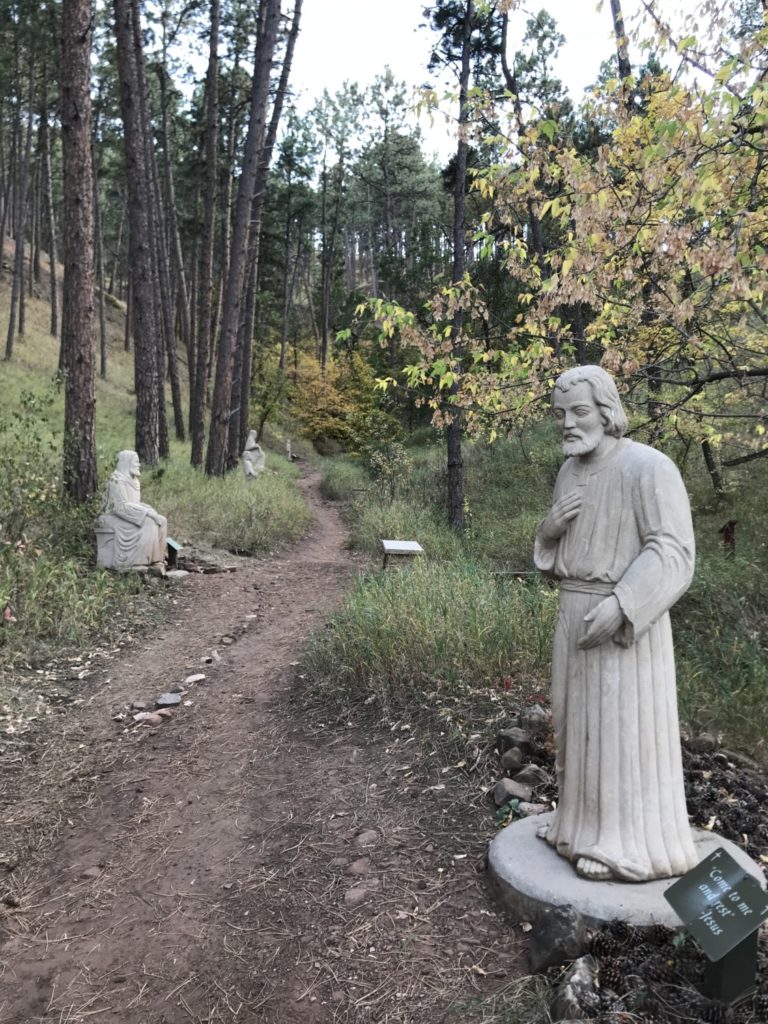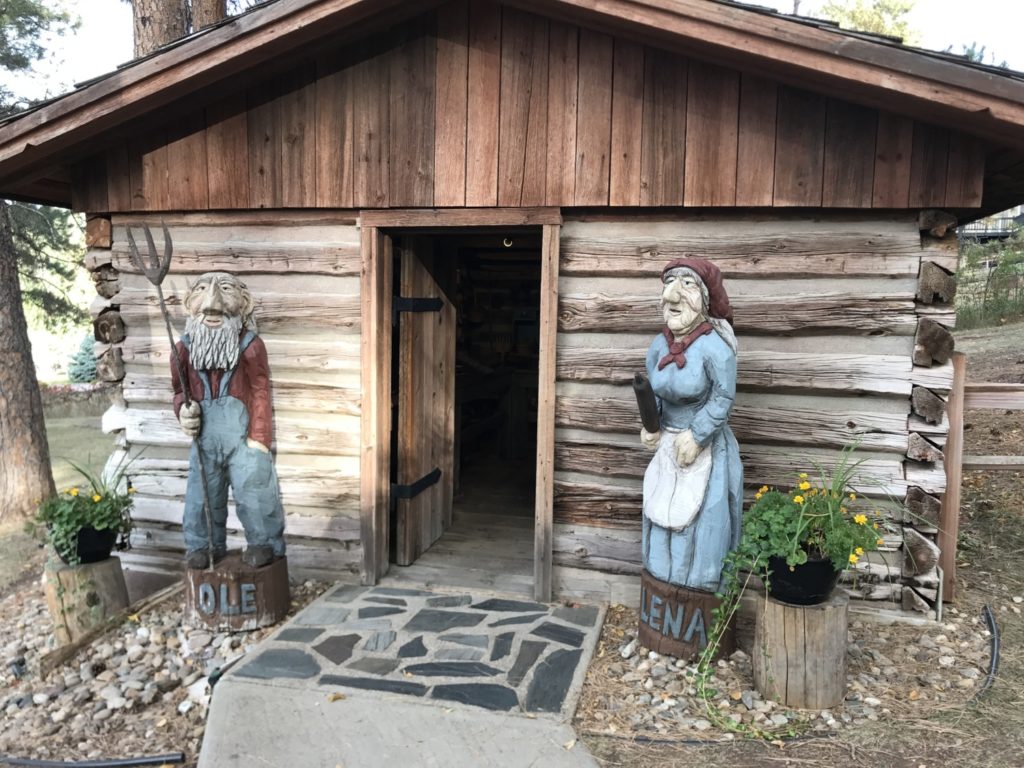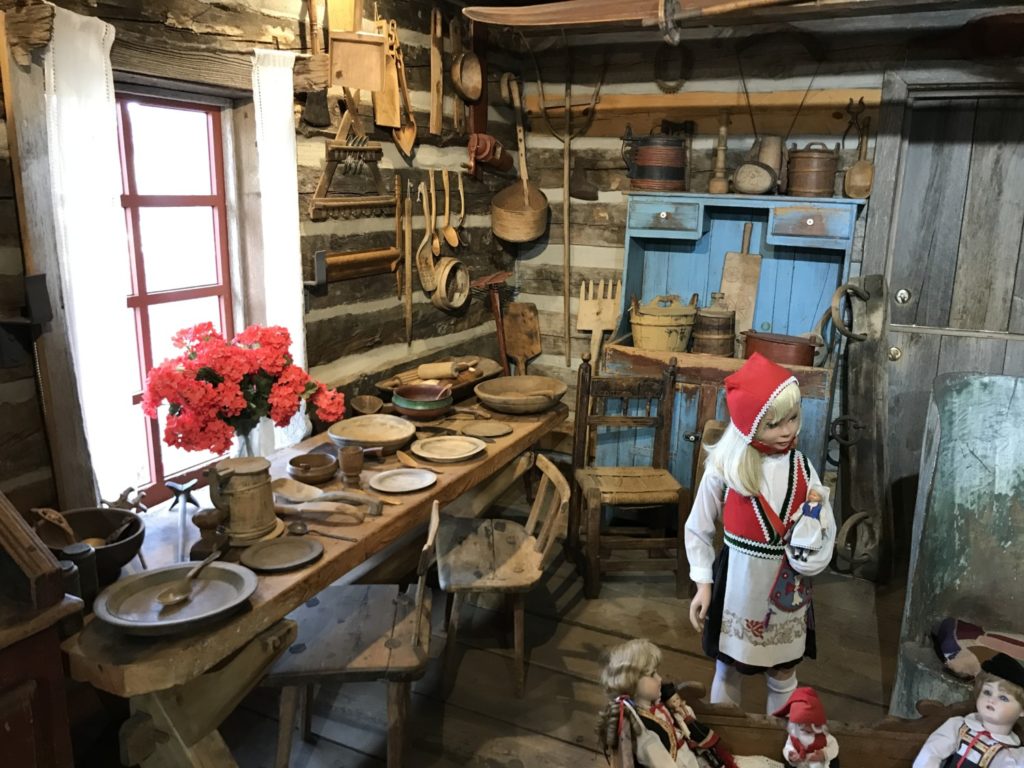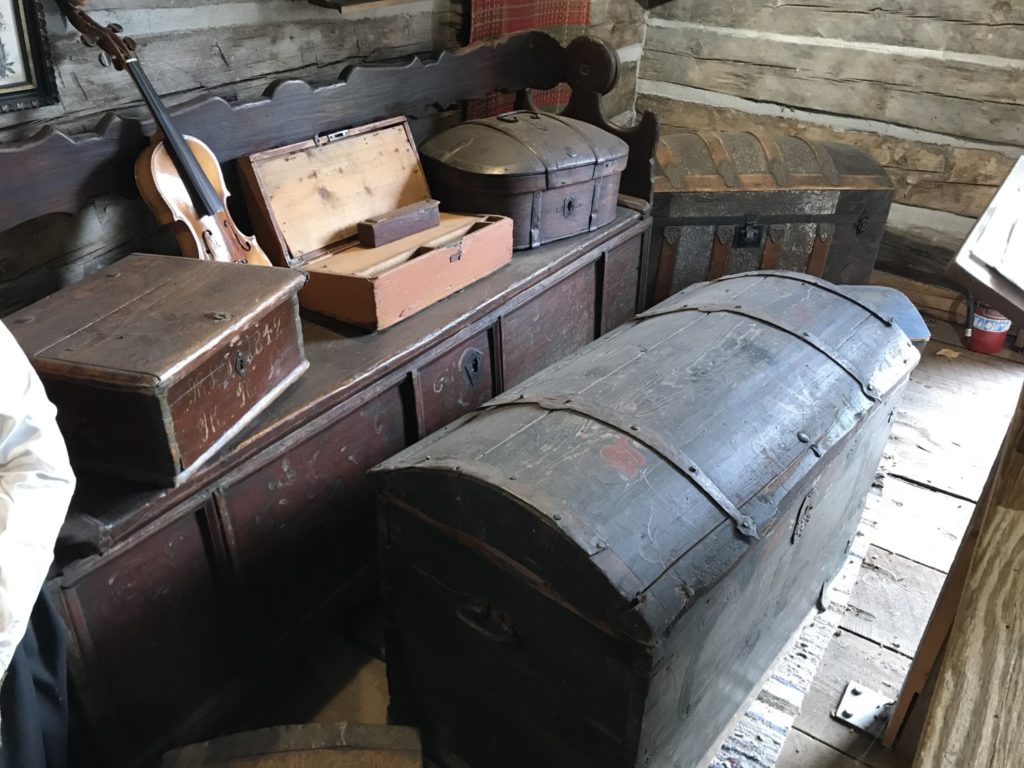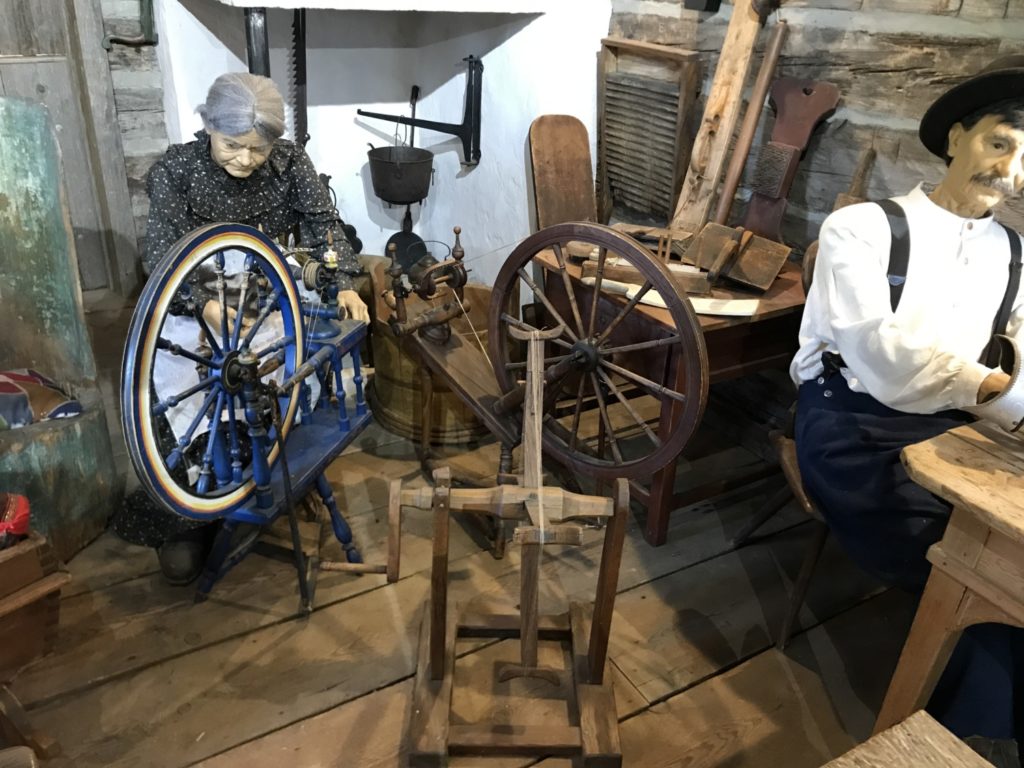We had a great summer at Fort Union Trading Post, but all good things must come to an end. Over the next few weeks I will be writing about our trip back to Ohio. One of our first stops was in the Black Hills of South Dakota.
I wanted to take the month of October and explore, but Tom was worried about the cold weather and our house in Ohio. This is the first time we have been traveling while we have a house and we turned off the heat and AC when we left. Tom was concerned about the pipes if the weather turned cold, which it can do in Ohio. At first he was ready to make the trip home in four days. But, after some discussion, we compromised and took about ten days to get home.
Our route back to Ohio was determined by the National Park sites along the way that we haven’t visited. Although we have driven by the Black Hills many times, we haven’t spent a lot of time exploring the area. We usually spend a day in Badlands National Park. The last time we went by there we also visited Minuteman Missile National Historic Park. We have been to Mount Rushmore National Memorial several times. But all of these were drive-by stops without any time to linger.
This time we stayed at the Rapid City Black Hills KOA Holiday on the southeastern side of Rapid City. We unloaded the Prius and spent a couple of days exploring the area around us. The first thing we noticed was why they are called the Black Hills. As you approach the Black Hills from the surrounding prairie, the trees make them look black. Black Elk Peak, at 7,244 feet, is the tallest mountain on the eastern side of the Rockies in the United States.
The Black Hills area is a well-developed tourist area. There are lots of towns that cater to tourists, including the thousands of bikers in the area for the Sturgis motorcycle rally. Within a day’s drive there are Devil’s Tower, the Badlands, Wall Drug, the Black Hills National Forest, and Custer State Park. So far, during 2021, there were 4 million visitors to the area. We encountered many families who said they come back for at least a week, year after year. There seemed to be plenty of things to keep them occupied.

After we arrived, we discovered we could have stayed for a week as well. We had only reserved two nights at the KOA, however, so we had to be satisfied with that limited time. The drive down to Rapid City from Fort Union was interesting all by itself. We went through two of the least populated counties in the United States: Slope and Bowman in North Dakota. Slope County has the smallest county seat in the United States with only 20 people living in Amidon. We also saw this sign, which we thought was really funny.
Although we spent a lot of time exploring the Black Hills area, the only thing we saw in depth was the Chapel in the Hills. We did see two National Park Sites in addition, but they will get their own posts. We arrived at Chapel in the Hills late in the afternoon, but it turned out it was the perfect time. A wedding had just concluded, so we were able to see the church and walk around without getting in the way of the wedding.
Chapel in the Hills was completed in 1969 and is a complete replica of the famous Borgund Stav Church in Norway. As such, it looked very similar to the replica of the Gol Stav Church we saw at the Scandinavian Heritage Park in Minot, North Dakota. It was very impressive and beautiful. Inside we pushed a button and listened to a narration about the church while we examined its features. I love how the church is all made out of wood, even the thousands of shakes on the roof.
After enjoying the beautiful church for a while, we walked along the Prayer Walk with its statues depicting the life of Jesus. The peaceful path followed a little creek to the bell tower of the church. After walking it, I felt that I had worshiped.
The complex also included a Stabbur visitor’s center and a very small museum. The museum was housed in a relocated log cabin built by Norwegian immigrant Edward Neilson in 1877. Most of the artifacts were collected by Rev. Jim Hanson and given to the museum in 1990.
Tom and I really enjoyed our visit to the Black Hills and especially to the Chapel in the Hills. You will have to wait until next week to read about the two National Park sites we visited while we were in the area.


